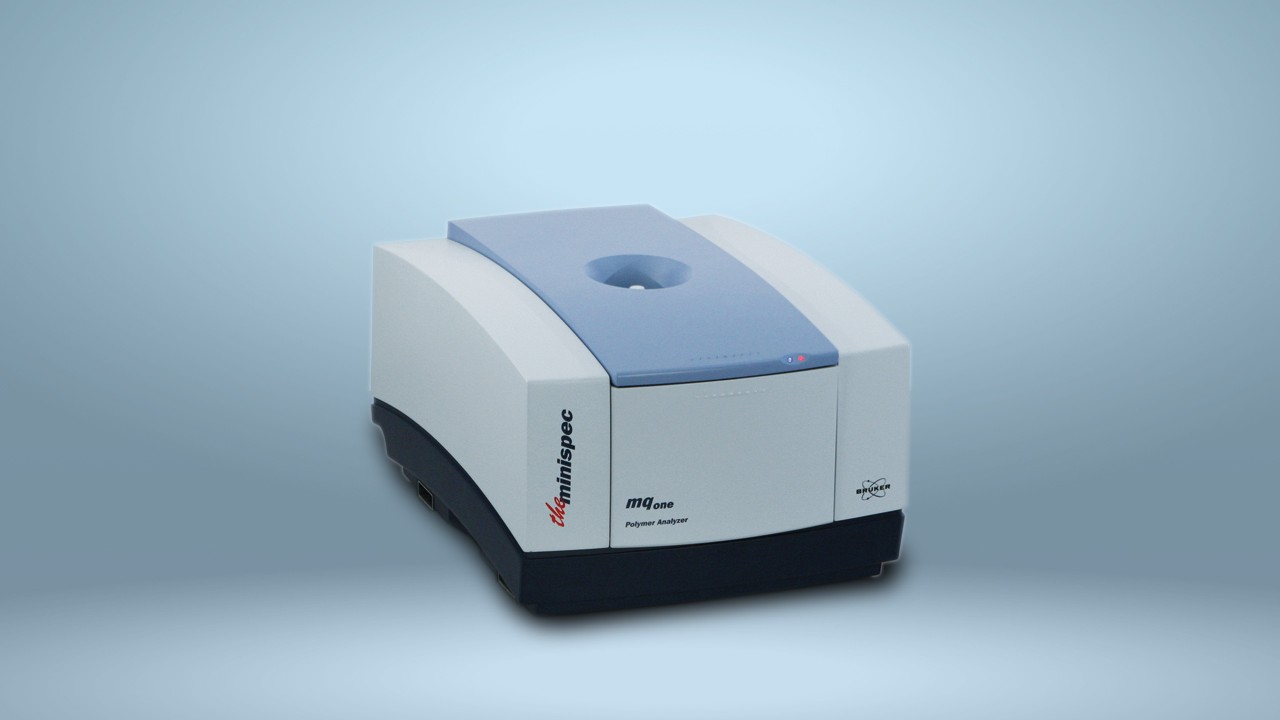

Evaluation of the Thermal Stability of New Polyamide Polymers
“For the samples which were prepared in the CaCl2-NaCl solvent, all polymers except AN132 VHM showed a viscosity reduction after 90 days of aging due to the strong ability of cations in charge screening and binding to negative sites on the polymer”
Within the next 50 years, the availability of crude oil is likely to be insufficient to meet the world’s ever-increasing energy needs. The demand for oil continues to rise, yet it is becoming ever more challenging to find new oilfields.
One way to make existing oil supplies serve us longer is to improve oil recovery rates. These are typically quite low, in the region of 20‑40%, yet recovery of 90% has been achieved in gas fields.
Enhanced oil recovery (EOR) techniques are thus of increasing importance and being deployed extensively across oilfields worldwide1. Such a strategy will provide more time for development of alternative energy sources and technologies to fill the energy gap left by depleting oil reserves.
Fortunately, many EOR strategies have demonstrated sustained increases in oil production rates2. Water flooding is generally the preferred option since the sea offers an easy supply of water to oilfields. Water is injected into the oil reservoir to maintain the pressure gradients within the reservoir needed for the oil to flow into the production well. Since water moves more quickly than oil, there is a tendency for it to finger through oil3. The displacement of oil towards the production well can thus be increased by reducing this. Addition of a polymer to the injected water, which increases its viscosity, can enhance oil recovery by slowing down the movement of the water so more oil is forced to flow into the production well.
Historically the oil industry used synthetic unhydrolyzed polyacrylamide-based polymers for polymer flooding. These were selected because of their good chemical stability, but they have a high level of adsorption onto mineral surfaces resulting in considerable polymer loss. They were replaced with partially hydrolysed polyacrylamide (HPAM) polymers, which provide greater viscosity as a result of conversion of some of the amide groups on the polyacrylamide to carboxylate groups4. HPAM also show less adsorption since the negatively charged carboxyl groups of HPAM are repelled by the negatively charged rock surface.
However, HPAM can be degraded in oil reservoirs with a high temperature and/or high salinity, causing a reduction in viscosity, and consequently oil recovery rates. There is therefore a need for new polymers that are resistant to thermal degradation to optimise EOR by polymer flooding.
The thermal stability of four new polymers was recently assessed over time in varying degrees of salinity5. The sulfonated polyacrylamide co-polymers FLOCOMB C7035, AN132 VHM, SUPERPUSHER SAV55, and THERMOASSOCIATIF in either CaCl2-NaCl or NaCl solution were aged at 80˚C for 90 days with and without an antioxidant.
Analyses by Fourier-transform infrared (FTIR) spectroscopy and nuclear magnetic resonance (NMR) using a Bruker 500 NMR spectrometer showed a severe reduction in viscosity of polymer samples without antioxidant, irrespective of whether NaCl or CaCl2-NaCl was used as the solvent. THERMOASSOCIATIF started degrading immediately, whereas the others maintained their viscosity for at least 7 days.
When antioxidant was present, all polymer samples prepared in the NaCl medium showed an increase in viscosity with aging. Similarly, AN132 VHM prepared in CaCl2-NaCl showed a viscosity increase after 90 days of aging. In contrast, the viscosity of the other polymers in CaCl2-NaCl reduced despite the presence of antioxidant.
References:
- Udy J, et al. Processes 2017, 5, 34; doi:10.3390/pr5030034
- Oil and Gas Authority 2017. Available at https://www.ogauthority.co.uk/media/4283/polymer-eor-industry-starter-pack-ver3.pdf
- Sheng JJ, et al J Can Pet Technol 2015;54:116–126.
- Hashmet MR, et al. J Dispers Sci Technol 2013;35:510–517.
- Akbari S, et al. Polymers 2017;9:480‑494.


